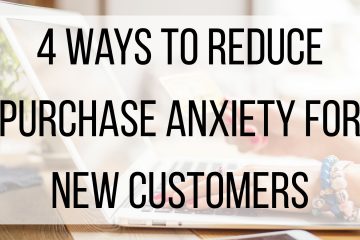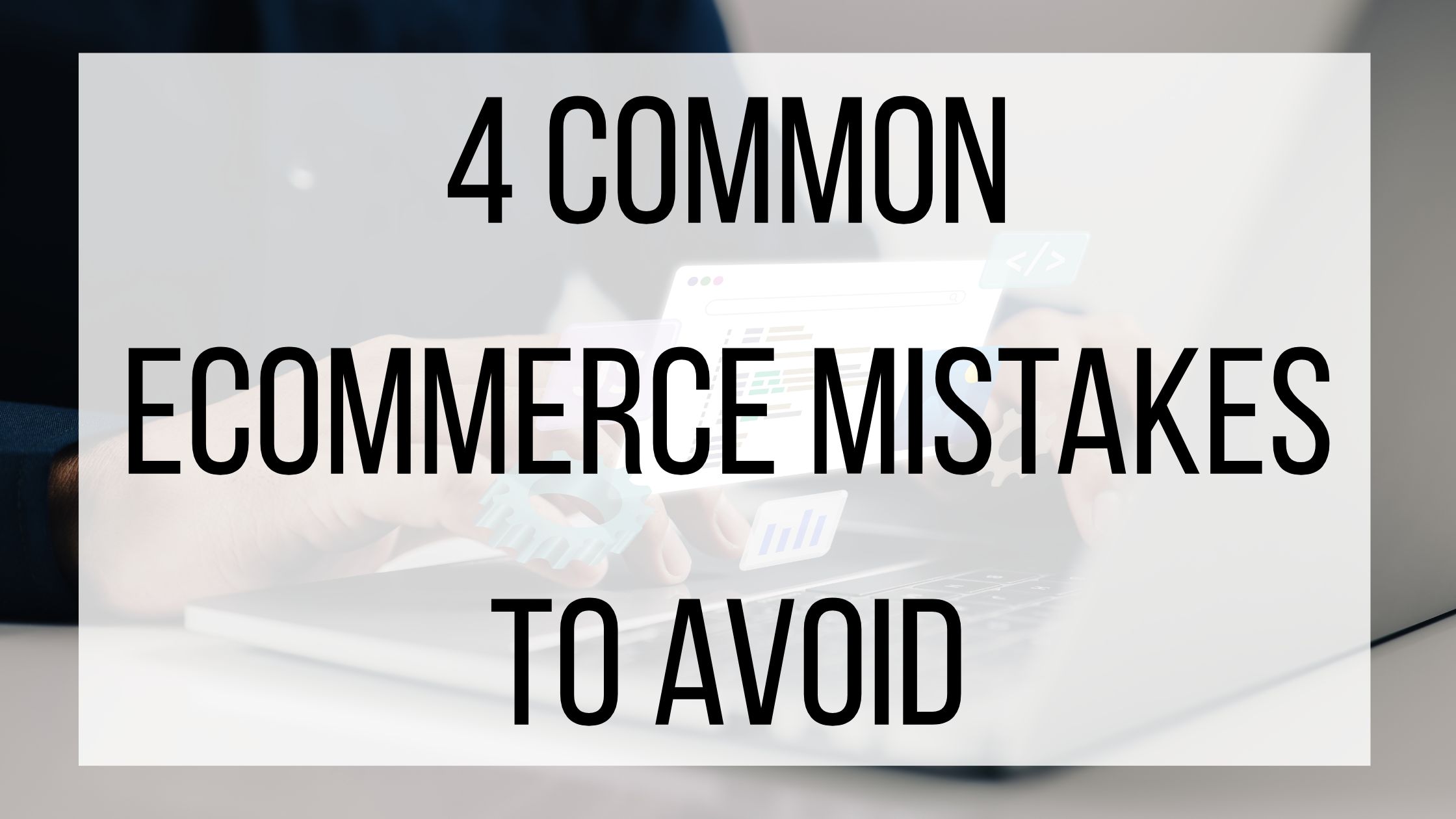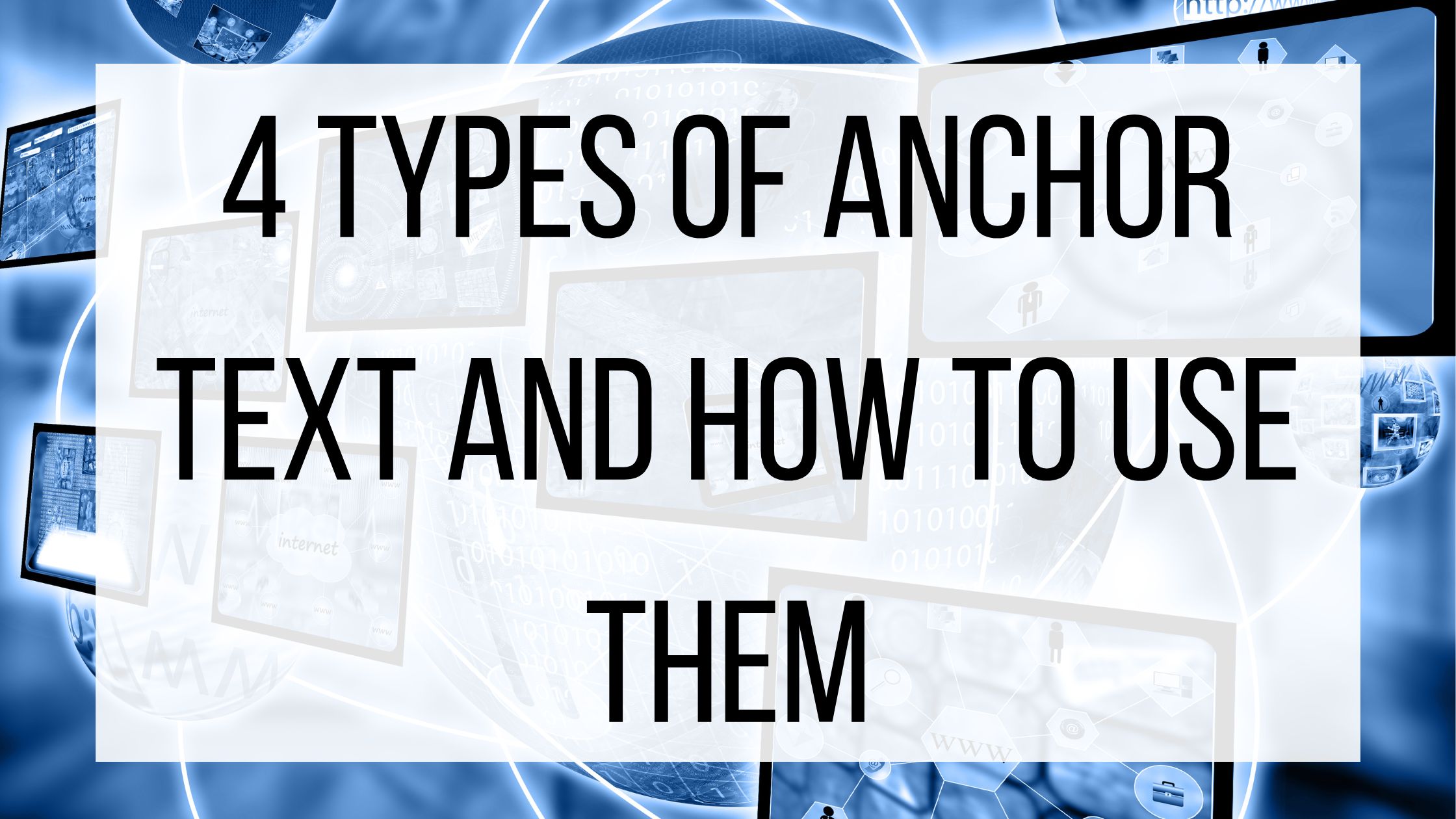Boost Your Sales with Psychological Pricing
It isn’t easy to price your product or service and it’s a place where a lot of businesses get stuck. Many businesses are starting to realize that it is not enough to be the cheapest anymore. The funny thing is, as humans, the reason we purchase something doesn’t always depend on whether the price is reasonable. Luckily for businesses, there is a strategic way to price products or services to influence people when making a buying decision. By using psychological pricing tactics, a business can build an effecting pricing strategy that increases profit and sales.
Psychological pricing is the act of pricing your product or service so that it appeals to customer’s emotions rather than their logic. It is a tool that businesses can use to subconsciously increase the chances that a customer will actually make a purchase. This tactic takes advantage of a customer’s emotional response to certain price points and uses unusual pricing conventions to make products or services seem significantly cheaper than they really are. Furthermore, when businesses take advantage of these pricing tactics, they begin to effectively boost their sales and conversions.
Conditional Pricing – The Power of the Number 9
Apparently ending prices with the number nine is one of the oldest tricks in the book and it is proven effective. According to research from the journal Quantitative Marketing and Economics, prices ending in nine were able to outsell lower prices for the same product. This study compared women’s clothing that were priced at $35 versus $39. They found that the clothing priced at $39 outperformed the lower price of $35 at an average of 24%.
Anchoring
The anchoring effect is basically when a customer makes a decision based on the first piece of data they see. So you start by creating a focal point, such an a initial price for an item. The initial price functions as a primary reference point when new data is introduced, such as a lower or higher price. As an example, a business might price a premium product at $100 and a standard option at $79. A customer’s decision to purchase is heavily influenced by referring back to the more expensive, initial price of $100.
Fragmented Pricing
It’s easier to evaluate how much you are getting out of “only” five payments of $19.99/month than a $99.95/year subscription. Seeing prices in small fragments makes a price more attractive to customers even though they average out to around the same cost. It all comes down to the fact that it is easier for customers to imagine spending less than $20 a month rather than paying a $100 lump sum.
Removing the Dollar Sign
It has been proven that prices marked with dollar signs reduce customer spending. Customers see a dollar sign and a sudden pain creeps into their mind when they realize they have to spend money. But the simple hack of removing the dollar sign reduces this pain and has increasingly become popular, especially in restaurants. A study by Cornell University even found that people spent significantly more, when the prices on a restaurant’s menu were displayed numerically without the dollar sign, rather than in traditional dollar and decimal form. This proved that removing the dollar sign manipulated customers into spending more money. Basically without a dollar sign, there is no reminder to a customer that they are spending money so they are more likely to indulge
Although, while this tactic may be effective in a restaurant setting, many believe that removing the dollar sign from online products is not a wise choice. Why? It can lead to confusion for customers. So instead of removing the dollar sign, another psychological tactic that online businesses can utilize is to reduce the font size of the dollar sign. This will help digress customer’s attention from the idea of spending money.
Font Size
The size of prices also plays an important role in price perception. Marketing professors at Clark University and The University of Connecticut found that customers perceive sale prices to be a better value when the price was displayed in a small font rather than a large and bold one. Surprisingly, this is something that many marketers get wrong too. Bigger isn’t always better and studies show that displaying prices in a smaller font will convey the perception that the price is smaller.
If your business is looking to effectively boost sales and conversions, try experimenting with different psychological pricing tactics for the new or current products you are selling. Doing so can help find a price point that will increase your sales and conversions. Remember, great products and services are priced on purpose and ultimately make the difference between a sale and a “no sale.”



